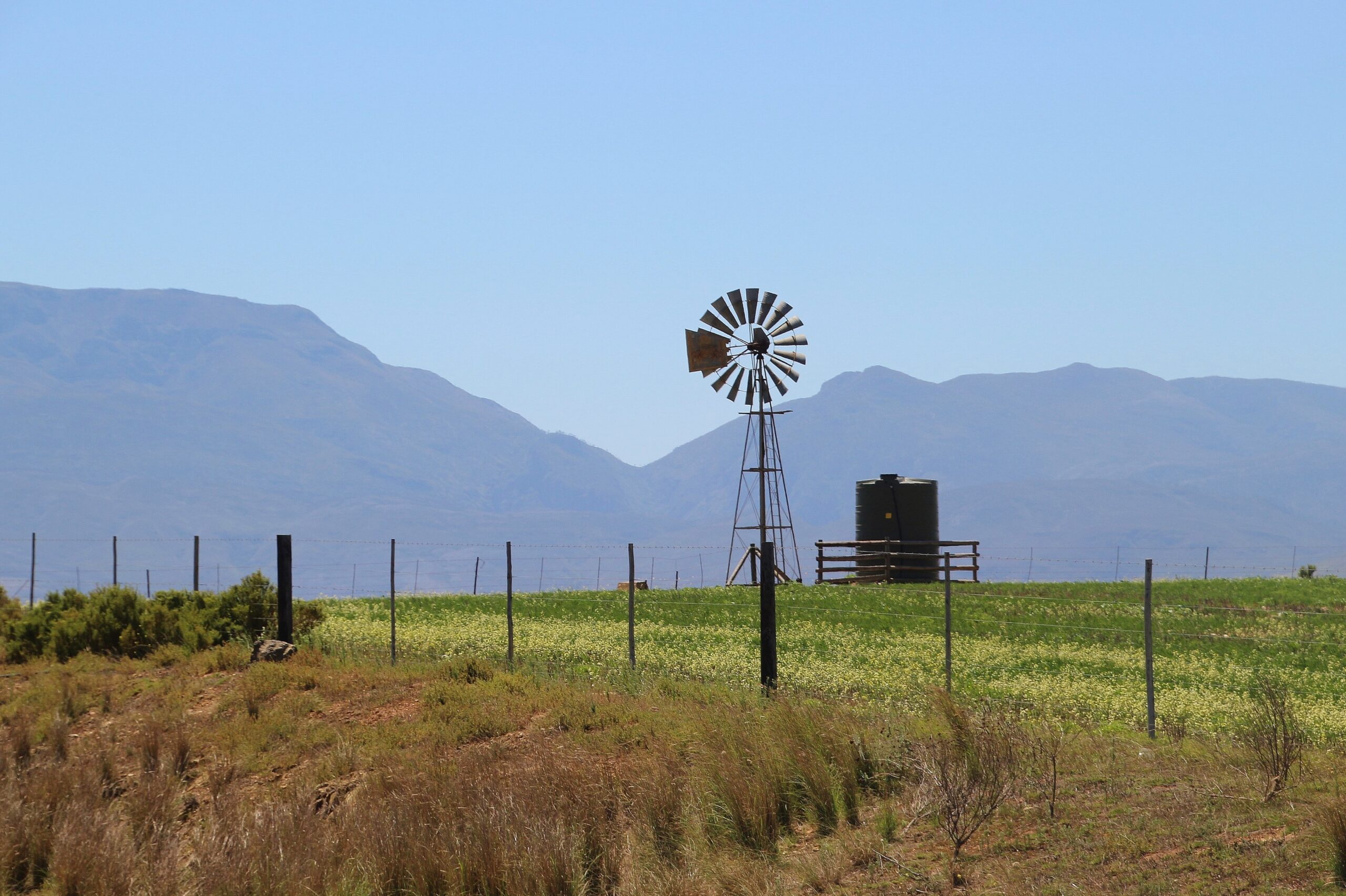Agriculture has come a long way from traditional farming methods. Technology advancements have revolutionized how people approach agriculture, from smart irrigation systems to drones monitoring crop growth. The benefits of using technology in agriculture are endless, and it’s no wonder why more and more farmers are turning to tech to grow their businesses.
Smart Irrigation Systems
Water is one of the most critical resources in agriculture. It’s essential for crop growth and yield. However, water resources are becoming scarce, and the demand for water is increasing.
Smart irrigation systems have emerged as a solution to this problem. These systems use sensors to monitor soil moisture levels, weather conditions, and other factors that affect water usage. They then adjust the water supply accordingly, ensuring that crops get just the right amount of water they need. This saves water, reduces energy costs, and increases crop yield.
Smart irrigation systems also help farmers save time and labor. Irrigation automation eliminates the need for manual watering, reducing the amount of time and labor required for watering crops. This time and labor can go into other farming operations, such as harvesting and planting. Additionally, farmers can control smart irrigation systems remotely, allowing farmers to monitor and adjust water supply from anywhere, at any time.
Precision Agriculture
Precision agriculture is the use of technology to optimize farming practices. It involves using drones, satellites, and other technologies to collect data on crop growth, soil conditions, weather patterns, and other factors.
Farmers can identify patterns and trends in their data. This may involve using data visualization tools to create charts or graphs that highlight changes in weather patterns, soil moisture levels, or crop growth. Farmers can use this data to decide when to plant, irrigate, and fertilize crops.
Precision agriculture helps farmers maximize yields and minimize costs. By using data to make informed decisions, farmers can optimize their use of resources, reducing waste and increasing efficiency. In turn, this leads to higher crop yields and lower production costs, resulting in increased profits for farmers.
Precision agriculture also helps farmers mitigate their environmental impact. By using resources more efficiently, farmers can reduce their use of pesticides and fertilizers, which can harm the environment. Additionally, precision agriculture helps farmers reduce their carbon footprint by reducing the use of fossil fuels.
LED Lights in Farming
The use of LED lights in farming has been gaining popularity in recent years, and for good reason. LED lights offer numerous benefits over traditional lighting methods, making them an ideal choice for modern farmers.
One of the most significant advantages of LED lights is their energy efficiency. Compared to traditional lighting methods, LED lights consume much less energy, which can reduce energy costs for farmers. Additionally, LED lights produce less heat, which means that farmers can use them in smaller spaces without worrying about overheating.
LED lights also allow for year-round growth. This is especially useful in areas with harsh winters, where traditional farming methods may not be possible.
One example of successful LED light farming practices is vertical farming. This involves growing crops in stacked layers, using LED lights to provide the necessary light for plant growth. LED lighting is also popular in greenhouse cultivation and aquaponics.
Challenges With Technology in Agriculture
While incorporating technology in agriculture has many benefits, there are also challenges that farmers may face. One significant challenge is the cost of implementing new technology. Many farmers may not have the capital to invest in expensive equipment, sensors, and software.
Another challenge is the lack of technical knowledge and expertise required to put these systems in place. Farmers may need to hire additional staff or consultants to manage everything, adding to their costs.
To overcome these challenges, farmers can seek out government grants and funding programs to offset the cost of new technology. On top of this, farmers can take advantage of training programs and resources to increase their technical knowledge and expertise.
The demand for food has never been higher. To meet this demand, farmers need to adopt new technologies to increase their productivity and efficiency. As technology continues to evolve, there will be more solutions that can help farmers thrive.
